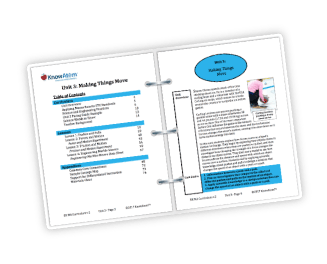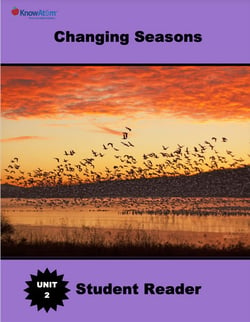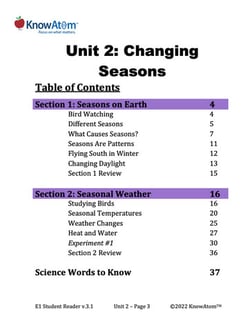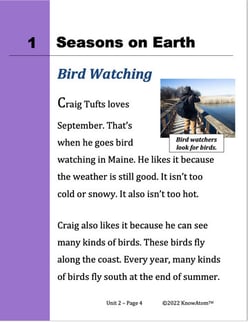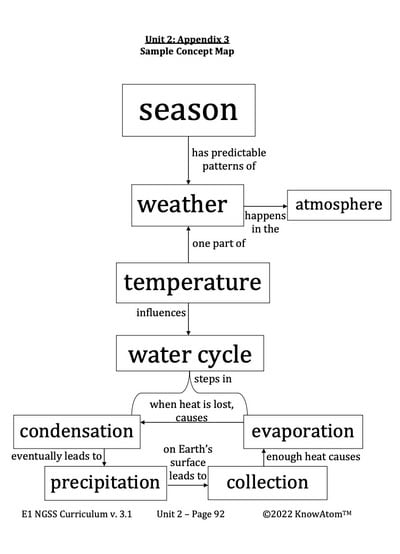In this unit, students explore the phenomenon of seasonal changes. In this lesson, they begin exploring this topic by modeling how sunlight reaches Earth as a result of Earth’s tilt. They use their model to explain why seasons happen in a regular and repeated way, and how length of day and temperature changes are related to the seasons. In the next lesson, students explore how temperature and the presence of heat affects the water cycle.

